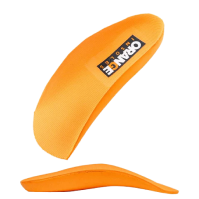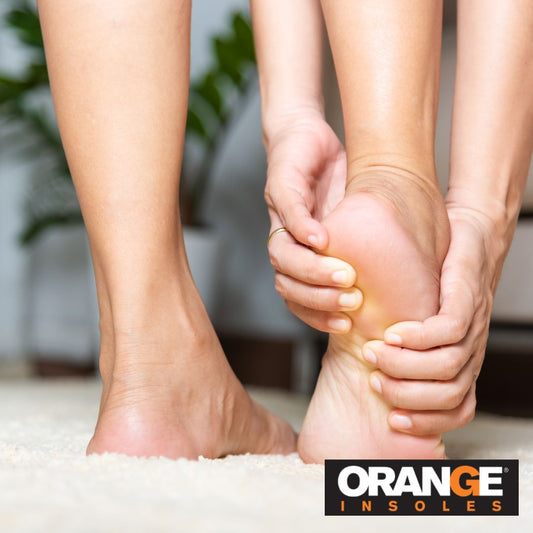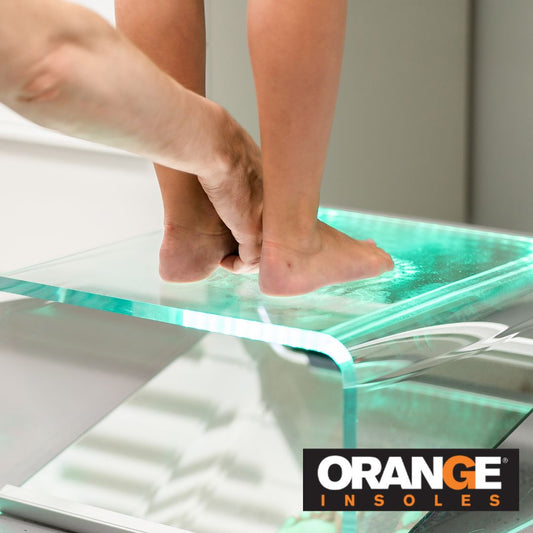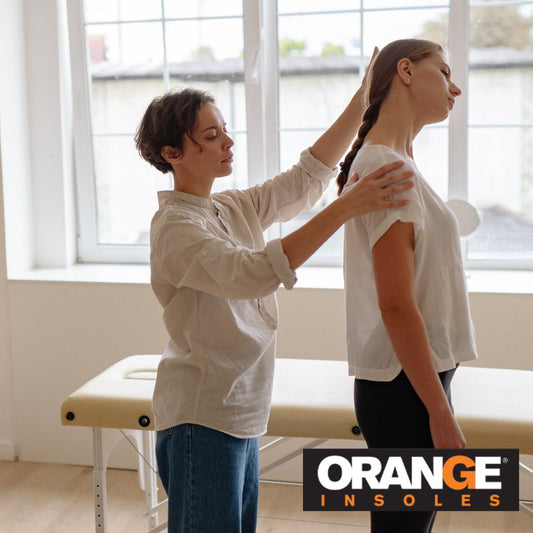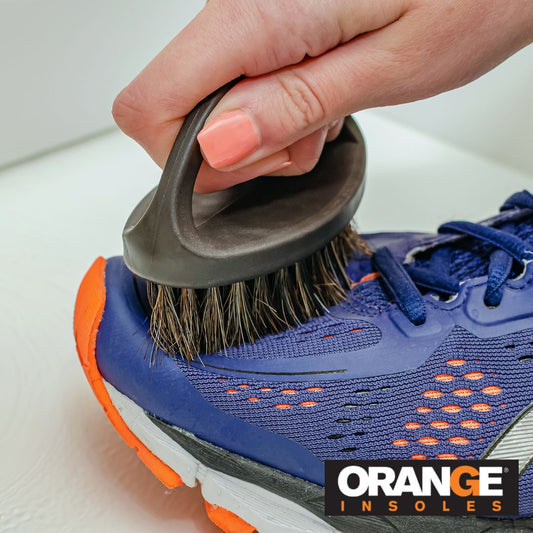Sitting at a desk all day is not great for your body, especially given that new research shows the negative impact sitting can have. But, sitting can be even worse if you’re craning your neck all day or hunching your shoulders or not sitting up straight. If you sit at a desk for work, it’s important to make sure you’re sitting correctly. Yes, there is a correct way to sit. If you don’t, you could be at risk for:
- Chronic pain
- Headaches
- Musculoskeletal Disorders
So, to avoid these issues and stay comfortable and focused at your desk, try these tips to help improve your posture when sitting at your desk.
Don’t Cross Your Legs
Are you reading this on your computer? Take a look at your legs right now. We’re guessing they’re crossed. If not, great. You’re ahead of the game. If they are, you should uncross them. Consistently crossing your legs can cause hip misalignment and this can lead to pain. Instead of crossing your legs or your ankles, work on keeping your feet flat on the ground. This might mean you need to adjust the height of your chair but keeping your hips open and aligned can help avoid pain in the future.
Keep Your Computer at Eye Level
It’s probably safe to say that most of us look down while looking at our computers. But, long days spent with our necks bent forward means that our our spine is not straight from head to toe
Try propping your computer up on some books if you don’t have access to a standing desk or stands for your monitor. This simple change can save you a pain in the neck.
Don’t Slouch
This one sounds obvious but slouching and hunching forward can significantly increase the likelihood of sore muscles or injury.
To make sure you’re not slouching and you’re practicing a neutral posture try these tips:
- Pull your shoulders back
- Make sure your back is flat against your chair
- Pull your head back to avoid sticking your chin out
- Use lumbar support to keep your back straight
Check For Tension
Throughout the day, small stressors can sneak in and impact the way we hold our body. We tend to hold stress primarily in our necks or shoulders and it can even make it’s way into our jaw. Set a timer and do stress check every so often. When it goes off, take a moment to relax your shoulders, do circles with your neck and see if you need to unclench your jaw. Even removing our tongue from the roof our mouth can help relieve tension we might be holding in our jaw.
Tip: To release any tension you might be holding, take a deep breath in, purposely tensing up, pulling your shoulders to your ears, balling your fists, etc…and then take a long breath out, letting everything relax.
Get Up And Move
We now know that sitting too long can have dangerous, irreversible effects on our body and health so make sure, especially if you’re feeling tense, to get up and move every so often. When you’re timer goes off for a tension check, stand out and walk around your office or go get some water. Take some time during your lunch your break to take a walk and move around when you’re making a phone call. Every time you get a chance to get up and move, take it. Research has found that regular movement breaks every 30 minutes greatly reduces the health risks posed by sitting.
Get Extra Help
If you’re having trouble breaking the slouching habit, there are a lot of support systems out there that can help. From electronic that tell you when you’re slouching to chairs and desks designed to improve your posture and keep you from sitting too long. There’s no shame in getting a little help when it comes to your health.
You’ll also want to make sure you’re aligned even when you’re not sitting. The right insoles can help keep you supported all day long and help improve your alignment over time. Whether you’re at a desk, taking a quick walk, or making a presentation, the right posture and support can make all the difference.


